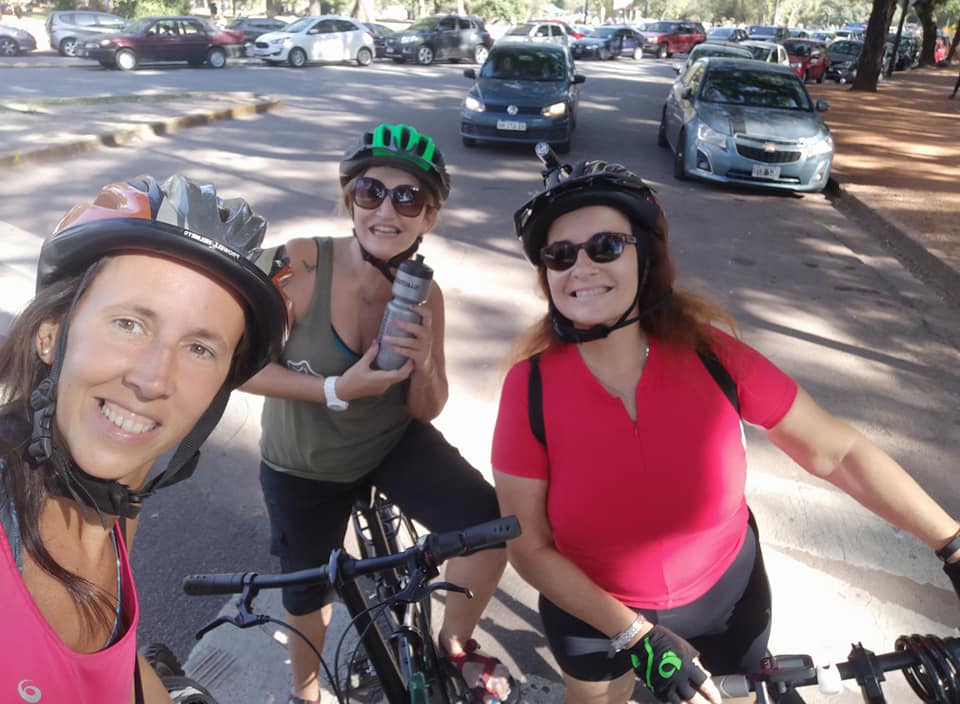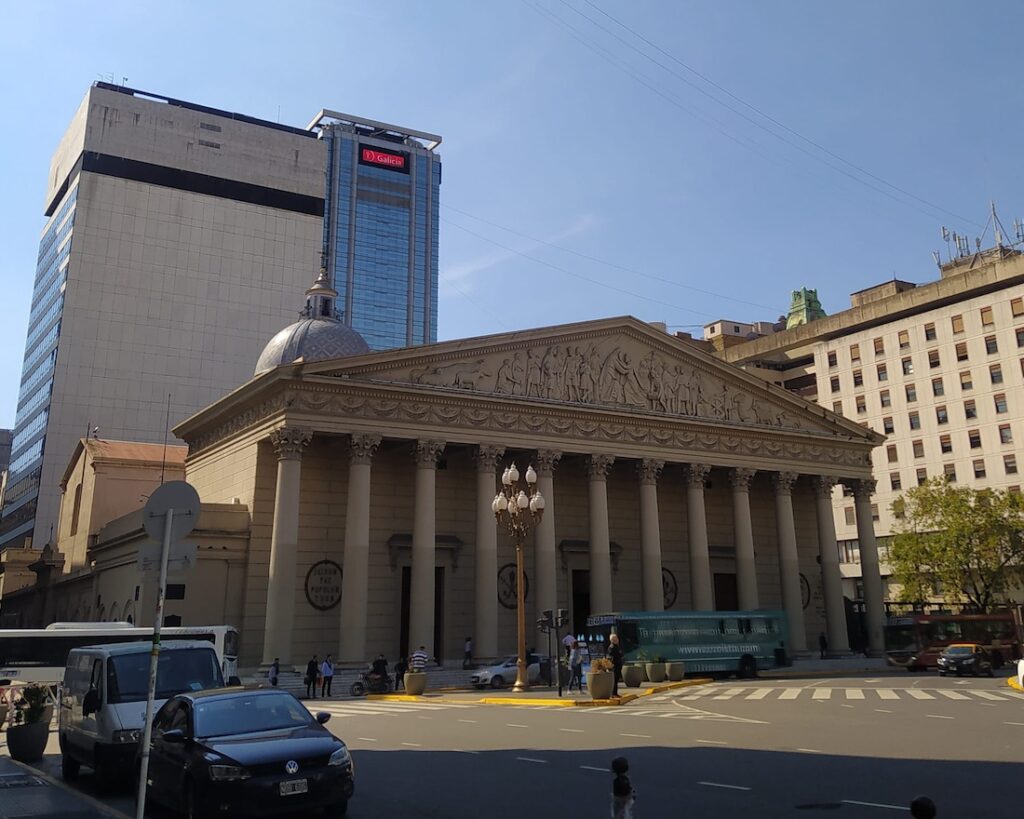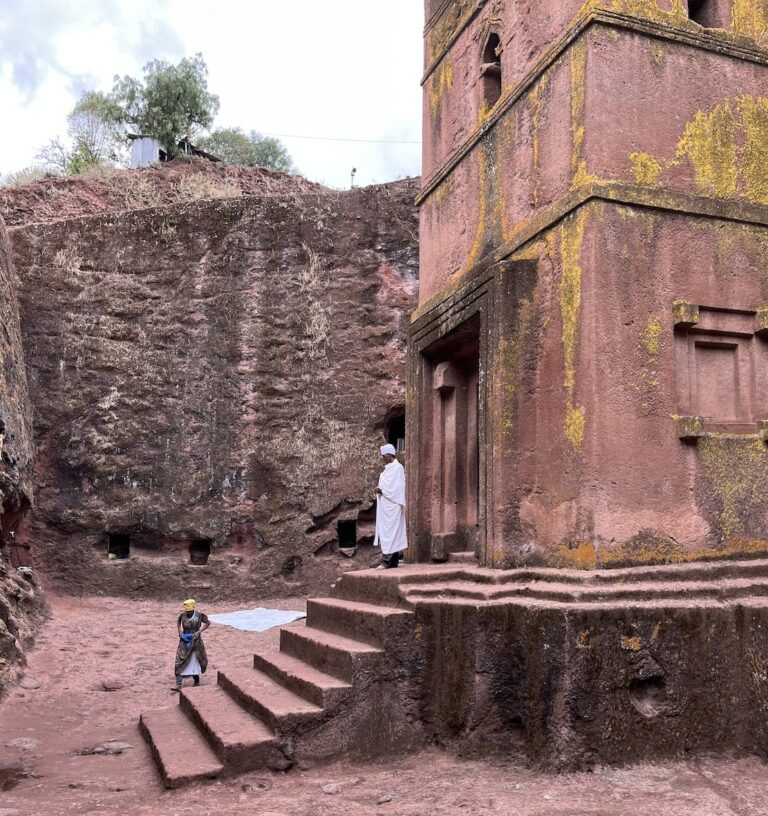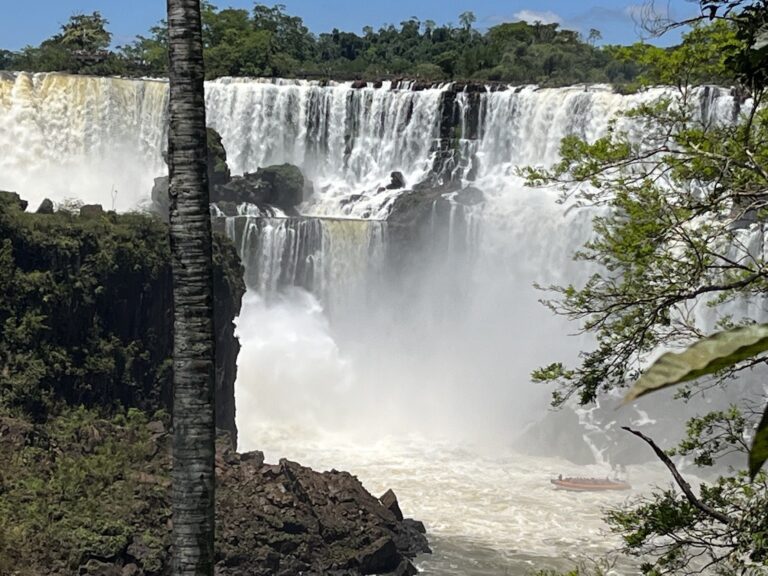THE CITY OF BUENOS AIRES

Buenos Aires’ metropolitan area has a population of around 16 million people (including smaller towns around the city).
Buenos Aires is one of the largest cities in the world and the third-largest in Latin America being the largest urban center in the country.
BA (short for Buenos Aires) is considered a mega city, mega cities are urban areas of over 10 million people.
Buenos Aires is truly an amazing city, growing up there until my middle teens was an incredible experience full of culture, theaters, vernissages, and lots of things to do always!!!
IMPORTANT: the affluence and urbanization of Buenos Aires are very different from other places in the country. In my teachings I always considered Argentina of two regions; the city of Buenos Aires and the rest of the country.
Living part-time in Argentina has been an incredible and peculiar experience for me. The city’s continuous growth and the cultural shifts that mirror those in other parts of the world are fascinating. However, there are still aspects that remain distinct from my hometown, while others are specific to this region. It’s intriguing to feel like a foreigner in my own country, but on the bright side, it allows me to observe and appreciate my own culture from an outsider’s perspective!

As I mentioned, it is very easy to find many blogs and posts out there about Argentina letting you know where you find the best beaches, restaurants, and bars, My focus is not only on the fun but rather on facts, events off-grid information, and some insights that you might not see that much out there. I believe I can give the information as a local and a foreigner – the beauty of being from many cultures.
How to explore BA? Well, by preference! from its history to exploring its neighborhoods here we go!

Exploring the Rich History of Buenos Aires
Early Settlers and Foundation
Buenos Aires, the capital of Argentina, has a captivating history that dates back to the early 16th century. Founded by Spanish explorers, the city was initially a small settlement along the Rio de la Plata. Over time, it grew in importance as a strategic port and trading hub, attracting immigrants from Europe and beyond.

Here on the left, you see the Cabildo of Buenos Aires which you will find in the Montserrat neighborhood.
The idea of the building started in 1580 and was finalized in 1610. However, the building that is standing today was finish in the second part of the 18th century. The building was first used as the seat of the council because Argentina at the time was a colony “owned” by Spain…don’t get me started….
You can visit this beautiful national museum, visit the interactive exhibits and see the different displays, it is pretty swell! take a tour, and also visit its tunnels This building was established by the colonial Spanish administrators.
GUIDED VISITS OFFERED IN ENGLISH- check their calendar!
Colonial Influence and Cultural Blend
During the colonial period, Buenos Aires was shaped by a mix of Spanish, indigenous, and small number of African cultures. This cultural blend is evident in the city’s architecture, cuisine, and traditions. From the elegant facades of historic buildings in the city center to the vibrant street art in neighborhoods like La Boca, Buenos Aires is a city that proudly celebrates its diverse heritage.
Independence and Growth
The 19th century brought significant changes to Buenos Aires, as Argentina fought for and gained independence from Spanish rule. The city experienced rapid growth and prosperity, becoming known as the “Paris of South America” for its sophistication and European influence. Grand avenues, parks, and boulevards were designed, transforming Buenos Aires into a modern metropolis.
Buenos Aires at Present
Buenos Aires is a city with a unique mix of history and modernity. Known as the “Europe of Latin America”, Buenos Aires is home to almost 9 million European immigrants, making it the continent’s second largest immigrant population after the USA. Unfortunately, the city and its capital have experienced economic hardship due to poor governance and corruption, leading to poverty. Over the past two decades, many people have taken advantage of dual citizenship to return to their home countries, while others have moved to different parts of the world. Meanwhile, a large number of immigrants from different Latin American countries have found refuge in the warm welcome of Buenos Aires, enriching the city’s cultural diversity.
Exploring Buenos Aires’ Neighborhoods

Buenos Aires Neighborhood map- Barrios [map]. Scale No Given. “Buenos Aires Map 360.”. Date posted if known. <buenosairesmap360.con/buenos-aires-neighborhood-map>. (April 1, 2024).
NEIGHBORHOODS
Going East to West, East the Rio de La Plata which is the Southwestern shore of the river and was the main entry point to the country. The SAN TELMO neighborhood is part of the historical headquarters of the city together with MONTSERRAT neighborhood. MONTSERRAT is where the city’s first settlers arrived being the place where a Spanish conqueror arrived from the North of Argentina in 1580. It is a wonderful place to start your historical visit of Buenos Aires with lots of historical sites.

SAN TELMO is the second oldest neighborhood in the city, ia lovely bohemian site. t was the place where the aristocrats lived until the yellow fever of 1871 took place. It was then when the wealthy left the site, and squatters and the incoming flow of immigrant dockworkers and bricklayers arrived and occupied those homes. It is now a bohemian site full of old buildings and history. The best thing to do is to tour the neighborhood on a Sunday during the Street Fair. LA BOCA




